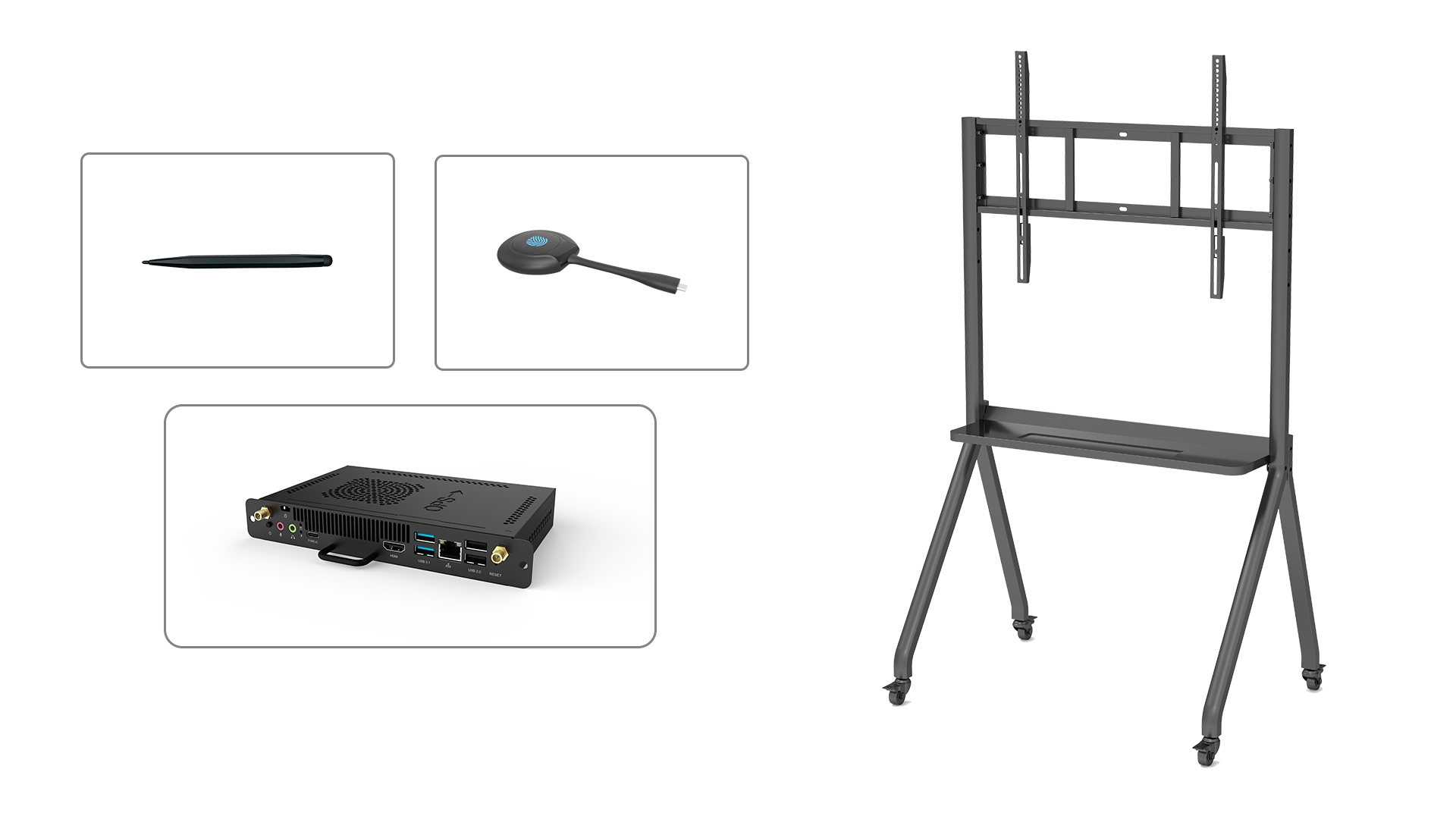Enhancing Education with Smart Boards
A Smart Board is a powerful tool that can transform traditional classroom lessons into interactive and engaging experiences for students. By incorporating this technology into your teaching, you can create a dynamic and immersive learning environment. In this article, we will explore various strategies to produce engaging lessons with a Smart Board.
1. Utilize Multimedia Content
One of the key advantages of using a Smart Board is the ability to incorporate multimedia content into your lessons. By integrating videos, images, and interactive websites, you can cater to different learning styles, capture students' attention, and make the learning process more enjoyable. When selecting multimedia resources, ensure they are relevant to the topic and align with the learning objectives.
2. Encourage Student Participation
A Smart Board enables students to actively participate in the learning process. Use interactive activities such as quizzes, polls, and games to encourage student engagement. By involving students in the lesson, you foster a sense of ownership and create a collaborative learning environment. Additionally, provide opportunities for students to come up to the Smart Board and interact with the content directly.
3. Incorporate Interactive Whiteboard Tools
Smart Boards offer a variety of interactive whiteboard tools that can enhance your lessons. These tools include virtual pens, highlighters, shape recognition, and text annotation features. Utilize these tools to emphasize key points, highlight important information, and encourage students to actively participate in the lesson. Experiment with different tools to find the ones that work best for your teaching style and subject matter.
4. Foster Collaboration with Group Activities
Smart Boards facilitate collaboration among students. Divide the class into groups and assign them different tasks that require interaction with the Smart Board. For example, you can have students work together to solve a problem, create a mind map, or present their findings. This collaborative approach not only enhances engagement but also promotes teamwork and communication skills.
5. Use Interactive Simulations and Virtual Labs
A Smart Board provides a platform to incorporate interactive simulations and virtual labs into your lessons. These digital resources allow students to explore complex concepts in a hands-on manner, enhancing their understanding and critical thinking skills. Whether it's conducting virtual experiments or exploring virtual environments, these interactive tools make learning more engaging and immersive.
6. Provide Real-Time Feedback
With a Smart Board, you can provide instant feedback to students during the lesson. Use the interactive features to correct misconceptions, highlight areas of improvement, and acknowledge student achievements. This real-time feedback not only helps students stay on track but also boosts their confidence and motivation to actively participate in the lesson.
7. Incorporate Gamification Elements
Integrate gamification elements into your lessons to make them more engaging and enjoyable. Smart Boards allow you to create interactive games, quizzes, and competitions that motivate students to actively participate and learn. By adding elements such as leaderboards, rewards, and badges, you can create a fun and competitive learning environment that promotes active engagement and knowledge retention.
8. Personalize Learning Experiences
A Smart Board enables you to personalize learning experiences for each student. Use the interactive features to customize lessons based on individual learning styles, interests, and abilities. Incorporate adaptive learning software or interactive educational apps that provide personalized content and activities. This tailored approach enhances student engagement and ensures that each student is challenged at their own level.
9. Encourage Critical Thinking and Problem-Solving
Smart Boards can be instrumental in promoting critical thinking and problem-solving skills. Design lessons that require students to analyze information, make connections, and solve real-world problems. Use the interactive features to facilitate discussions, brainstorming sessions, and debates. By challenging students to think critically, you foster deeper understanding and engagement with the subject matter.
10. Continuous Professional Development
To produce engaging lessons with a Smart Board, it's essential to continuously enhance your knowledge and skills. Participate in professional development opportunities, attend workshops, and explore online resources specifically focused on utilizing Smart Boards effectively. By staying updated with the latest advancements and best practices, you can maximize the potential of this technology and create impactful lessons.






